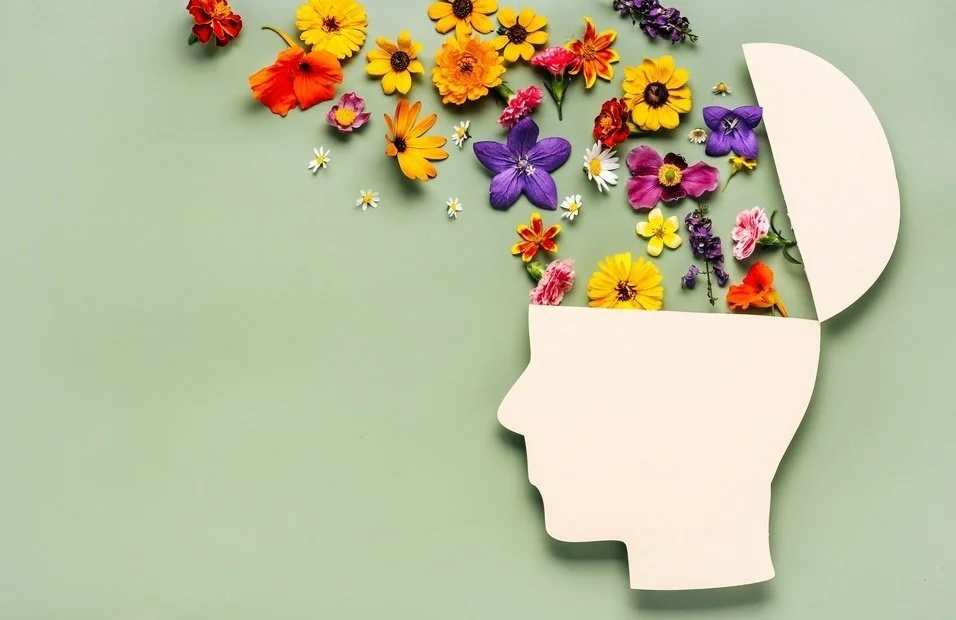Embrace Winter Using Art Therapy
As winter approaches, the world outside undergoes a dramatic transformation. The days grow shorter, temperatures drop, and nature takes on a serene, frosty appearance. While this season can bring joy and festive celebrations, it can also be a challenging time for many individuals, as the lack of sunlight and colder weather may contribute to the onset of Seasonal Affective Disorder (SAD). Fortunately, art therapy offers a creative and therapeutic outlet to navigate the winter blues and foster mental well-being.
Understanding Seasonal Affective Disorder (SAD)
Seasonal Affective Disorder is a type of depression that typically occurs during the fall and winter months when exposure to sunlight is limited. The reduced sunlight can disrupt the body's internal clock, leading to imbalances in neurotransmitters such as serotonin and melatonin. Symptoms of SAD include low energy, difficulty concentrating, changes in sleep patterns, and a persistent feeling of sadness.
According to the National Institute of Mental Health, it is estimated that approximately 5% of the U.S. population experiences SAD, with a higher prevalence among women. The disorder can significantly impact one's daily life, making it crucial to explore therapeutic approaches to alleviate its effects.
Embracing Winter Through Art Therapy
Art therapy provides a powerful means of expression, helping individuals explore their emotions and gain insights into their inner selves. Here are three art therapy exercises to help ease the transition into winter and manage the symptoms of Seasonal Affective Disorder:
Seasonal Self-Reflection Collage
Begin by collecting magazines, old photographs, and any materials that resonate with you. Set the mood by playing soft music and dimming the lights. Reflect on your emotions and thoughts about winter, considering both the challenges and opportunities it presents.
Next, cut out images and words that represent your feelings and aspirations for the season. Arrange them on a blank canvas, creating a collage that visually encapsulates your relationship with winter. This process allows you to externalize your emotions and gain a better understanding of your connection to the season.
Warm and Cool Color Exploration
Colors have a profound impact on our emotions and can influence our mood. For this exercise, gather an assortment of warm and cool-colored art supplies such as paints, pastels, or colored pencils. Warm colors like reds, oranges, and yellows can evoke feelings of comfort and energy, while cool colors like blues and greens may bring a sense of calm and tranquility.
Create a piece of art that incorporates both warm and cool colors, allowing the interplay of hues to represent the complexity of winter emotions. This exercise encourages a mindful exploration of color and its impact on your emotional state, providing a therapeutic way to engage with the season.
Nature-Inspired Mandalas
Winter landscapes can be both stark and beautiful. Gather natural materials such as pinecones, twigs, and leaves, and arrange them in a circular pattern to create a nature-inspired mandala. As you arrange the elements, contemplate the cyclical nature of seasons and the beauty that can be found even in the stillness of winter.
Creating mandalas can be a meditative process, allowing your mind to focus on the present moment and find a sense of peace. The symmetry and repetition in mandalas can bring a soothing effect, helping to counteract the disruptive nature of Seasonal Affective Disorder.
As winter unfolds, art therapy offers a sanctuary for self-expression and healing. The exercises mentioned above provide a starting point for individuals to engage with their emotions and cultivate a positive connection with the season. Moreover, understanding the prevalence of Seasonal Affective Disorder emphasizes the importance of proactive mental health practices during the winter months.






